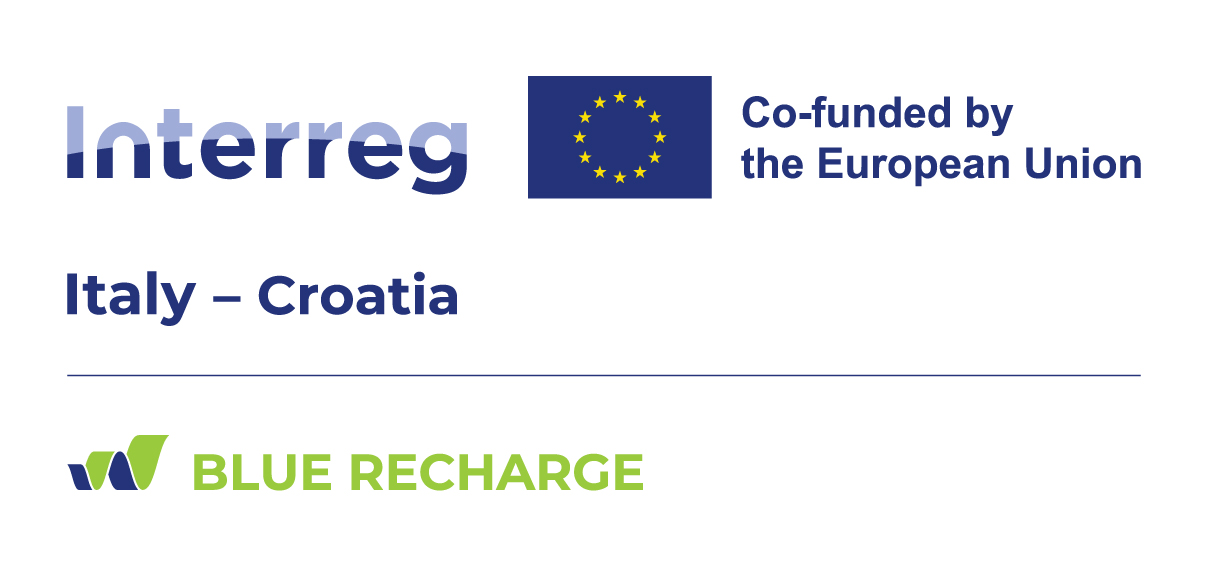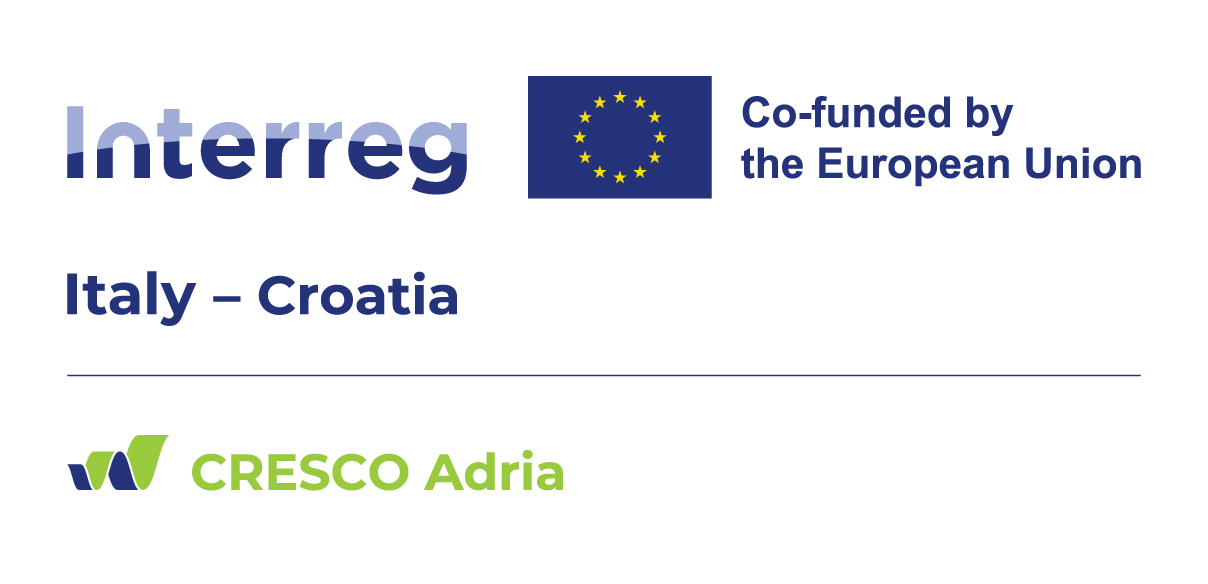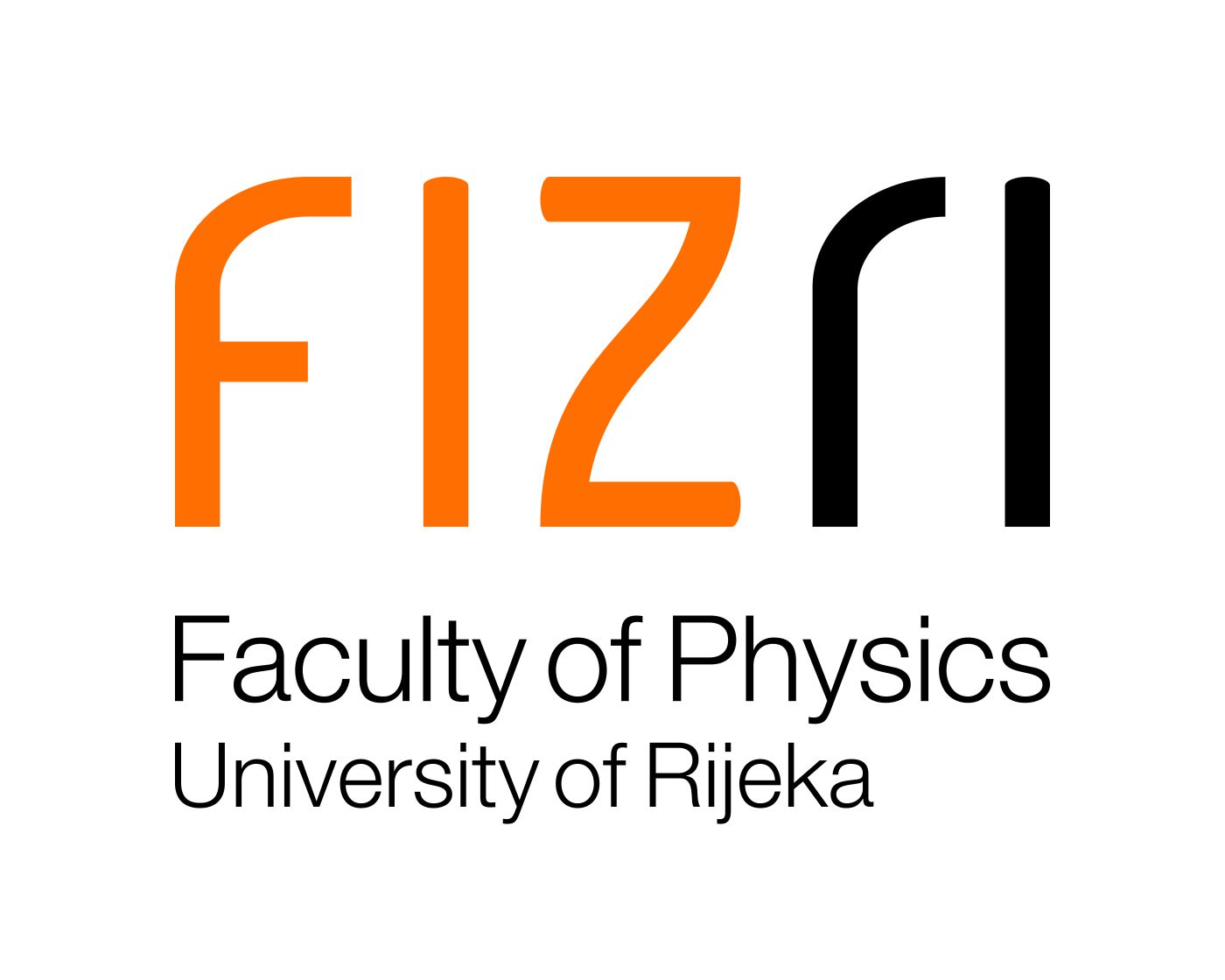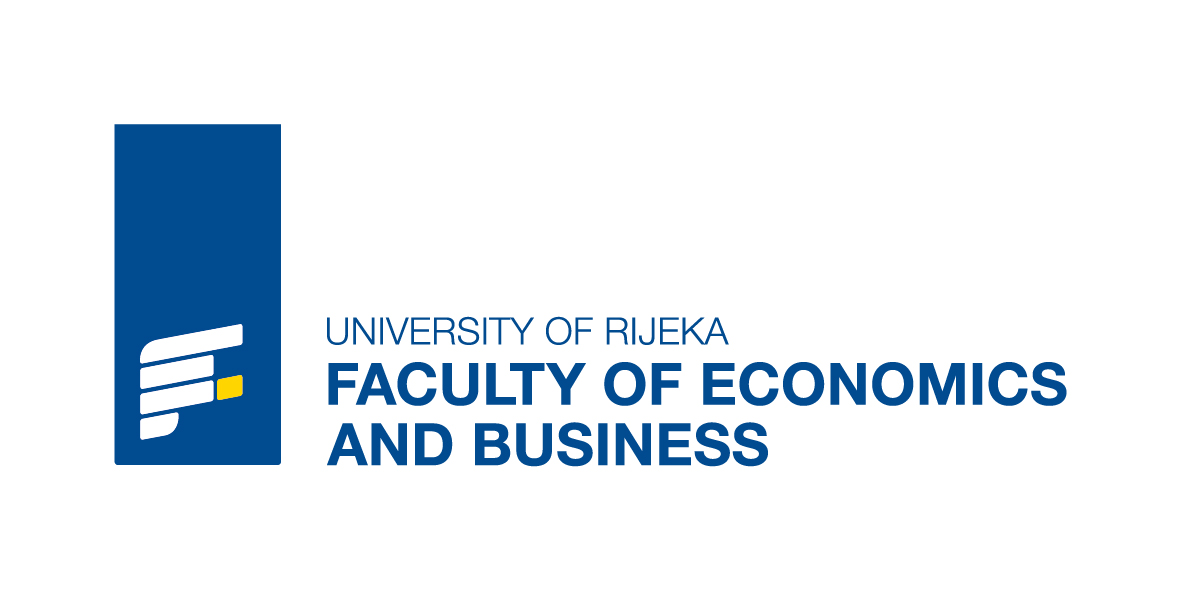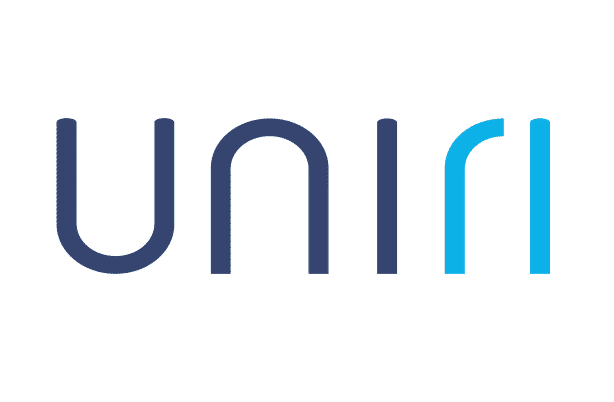Invited Speakers

Vanda Piškur
Vanda Piškur holds a degree in Sanitary Engineering, specialising in environmental public health, is a certified specialist in food analytics, and holds a Master of Science in toxicology. Since 2013, she has been leading the Laboratory for Drinking Water and Natural Waters Control at the Teaching Institute of Public Health of Primorje-Gorski Kotar County. She has extensive experience in the examination and evaluation of the sanitary safety of drinking water, groundwater, and surface water, with a particular focus on systematic water quality monitoring on the island of Krk. Her work is especially dedicated to the integration of chemical and microbiological indicators within water quality monitoring programmes, including the analysis of chemical pollutants such as nitrogen, phosphorus, hydrocarbons, and polycyclic aromatic hydrocarbons (PAHs).

Dalibor Paar
Associate Professor Dr. sc. Dalibor Paar is employed in the Department of Physics at the Faculty of Science, University of Zagreb. He made his PhD in the field of solid state physics, and today he is involved in research in environmental physics, focusing on karst processes on the surface and underground, as well as on issues related to climate, water, ice, and the transport of pollution. He is also engaged in science popularization, with an emphasis on the application of new methods in education from early childhood in kindergarten to lifelong learning.

Žarko Kovač
Associate Professor Žarko Kovač is the vice dean of the Faculty of Science in Split and the principal investigator of the PHOTOCLIM project, funded by the Croatian Science Foundation. With a background in physics and dynamical systems, Žarko’s primary interests are bio-optical modeling of primary production and bio-physical interactions in the ocean, focusing on the photosynthesis-light relationship. In his research, he seeks to apply dynamical systems theory to further develop primary production models with a special focus on the role of light. Broader interests include mathematical physics, sustainable development, ecosystem dynamics, and ecological modelling.

Damir Kapetanović
Dr.sc. Damir Kapetanović is a senior research associate and head of the Laboratory for aquaculture and pathology of aquatic organisms at the Ruđer Bošković Institute. He was principal investigator on one and a collaborator on two projects funded by the Croatian Science Foundation, including the project AqADAPT – Adaptation of Whitefish Farming to Climate Change (work package leader for “Fish Health”). He led four bilateral projects (North Macedonia, Montenegro, Serbia, Germany) and participated in two more (China, Hungary). As a member of the AqADAPT team, he won second place and an award at the Blue-Cloud Hackathon 2022 for the concept prototype “PerfeCt – Performance of Aquaculture under Climate Change.” He is the author of one book chapter and more than 50 scientific papers, 49 of which are indexed in the Web of Science database.

Borna Debelić
Borna Debelić is a full professor at the University of Rijeka, Faculty of Maritime Studies where he teaches a number of economic courses on maritime affairs and transport. His research focus is on Coastal Zone Management and Commons Governance. He has published around 50 scientific papers and has presented on numerous international scientific conferences. Borna is a member of a number of respectable international and domestic scientific and professional associations and visiting professor on several European universities. He has also participated in numerous domestic and international scientific and professional projects. He is a certified EU project manager and was multiple times engaged as an expert evaluator of Horizon 2020, Horizon Europe, CEF and CEF2 projects, as well as an expert in transport economics on the World Bank project for the maritime port development.

Andreina Belušić Vozila
Andreina Belušić Vozila completed her PhD in 2018 at the Department of Geophysics at the Faculty of Science, University of Zagreb. Since 2024, she is employed as an assistant professor at the Faculty of Physics, University of Rijeka. Her research primarily focuses on extreme events and climate change in the Adriatic region, with a recent emphasis on agro-climatology. She has received several prestigious awards, most notably the "For Women in Science" award, presented by L'Oréal Adria and the Croatian commission for UNESCO at the Ministry of culture and media, in recognition of her outstanding contributions to scientific research.

Robert Lütkemeier
Robert Lütkemeier leads the “Water and Land Use” research unit at the Institute for Social-Ecological Research (ISOE) in Frankfurt, where his team and he focus on sustainable water management solutions at the intersection of science, policy, and practice. Their work emphasizes climate change adaptation, employing quantitative and qualitative research methods to design water management strategies through transdisciplinary co-design processes. This approach brings together stakeholders from municipalities, authorities, companies, nature conservation, agriculture, and the water sector to collaboratively develop actionable, evidence-based solutions. With extensive international experience in Southern Africa and Europe, Robert brings deep insight into the real-world challenges of water governance.

Marina Poje Sovilj
Marina Poje Sovilj is an Assistant Professor at the Department of Physics, J. J. Strossmayer University of Osijek, Croatia. Her research focuses on environmental radioactivity, radon measurements in soil, water, and air as well as neutron dosimetry. She has participated in national and international projects on radon risk assessment and radiological protection. Dr. Poje Sovilj actively works within the Laboratory for Low-Level Radioactivity and currently serves as Vice Head for Study and Students at the Department of Physics. She is a Board Member of the Croatian Radiation Protection Association and the Association of Physicists Osijek. She actively participates in organizing scientific symposia and is a member of the International Radiation Physics Society.

Shubha Sathyendranath
Dr Shubha Sathyendranath is a highly-respected Principal Scientist at Plymouth Marine Laboratory (UK), where she is part of the remote sensing team. Her work is focused on ocean colour modelling, spectral characteristics of light penetration underwater, bio-optical properties of phytoplankton, modelling primary production, bio-geochemical cycles in the sea, climate change, water-borne diseases, biological-physical interactions in the marine system, ecological provinces in the sea, ecological indicators and phytoplankton functional types.

